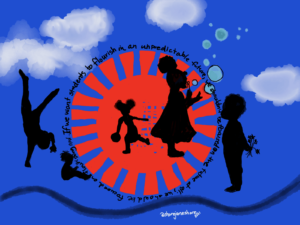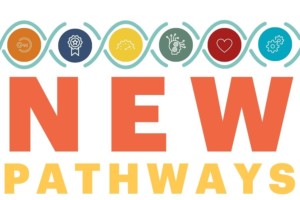The World Changed, Colleges Missed It
 A bunch of colleges are going out of business, only they don’t know it. They pretend that trimming costs and jacking tuition is a solution. They haven’t come to terms with a world where anyone can learn anything almost anywhere for free or cheap.
A bunch of colleges are going out of business, only they don’t know it. They pretend that trimming costs and jacking tuition is a solution. They haven’t come to terms with a world where anyone can learn anything almost anywhere for free or cheap.
Art Levine, Woodrow Wilson National Fellowship Foundation, sees three major change forces: new competition, a convergence of knowledge producers, and changing demographics.
The explosion of online learning from new and existing providers is changing the landscape of higher education. More broadly, everybody is getting into the learning business and providing some kind of instruction: YouTube, iTunes U, the neighborhood library, and closet hackers like Khan Academy.
To make the landscape even more confusing, Levine points out that less than a fifth of higher ed students are traditional—young adults that went straight to college from high school. The new majority in higher ed are working adults and they view college as just another part of their life. They want a relationship with college like the one with the bank or the electric company—convenient, service on demand, quality support, and cheap.
With this crew, when Maricopa Community College doesn’t return a phone call, University of Phoenix gets a new student. When Arizona State doesn’t give credit for experience, Western Governors University gets a new student.
To Art’s list of three big change forces, add shrinking government support, the press for more accountability, and emerging technology. Second tier regional public universities and nonselective private colleges are feeling the heat. Some will adopt market strategies and reinvent themselves; some will go out of business. Competitive economics and aggressive marketing will be the norm (despite Department of Education efforts to dampen for-profit participation).
Degrees are losing their value. No one cares if a web developer has a degree, they just want to see a portfolio of work. Selectives will retain brand value for decades, but for the rest, the information economy cares more about outcomes than degrees.
The next few decades will be marked by a lumpy move to competency-based learning. As WGU has been doing for a decade, students will receive credit for what they know and get what they need when they need it.
Instant information and the ability to learn anything anywhere is transforming the industrial society into the information society. Consumer media is changing rapidly, health care is a mixed bag, education is bringing up the rear. But the shift is on.
The good news for colleges is that demand is high—millions know they need to build skills and expand their resume. But as it becomes clear that there are good $2,500 per year programs with great service and high convenience, the $25,000 per year campus programs, differentiated only by keggers, will be in trouble.
Colleges are getting some help making the shift. The Next Generation Learning Challenges is a partnership to create new tools and new schools that blend the best of online and onsite learning. New learning models will prove to be more engaging and more productive; they will be less expensive and will show higher completion rates.
The shift to personal digital learning is on. Some colleges get that. Others will seek bailouts until they go out of business. Working adults are getting smart on their own terms.








0 Comments
Leave a Comment
Your email address will not be published. All fields are required.